Spending a few hours on the weekend helping restore the health of a local forest preserve is a rewarding activity. You get fresh air, exercise, perhaps a bagel, and the satisfaction knowing you’ve done good work. For many, their first foray into helping restore healthy nature is the beginning of a lifelong journey.
Healthy nature is a web of interrelated pieces that support each other. The whole is greater than the parts. So too is the volunteer stewardship community where many people contribute. What they contribute is based on their own interests and abilities and the whole is greater than the parts.
At every volunteer stewardship site in the center of the web, in a non-predatory way, is one or two Site Stewards. The Site Stewards help develop and implement the site’s ecological management plan. This plan lays out the various objectives and tasks to bring the site into ecological health. Too much shade is a frequent affliction in many forest preserves so a common task is cutting down invasive trees and brush to increase the amount of sunlight reaching the ground, which allows grasses and flowers to again thrive. Management plans also include tasks such as burning up cut trees and brush in a bonfire and applying herbicide to their stumps.
Of vital importance are the folks who do the cutting and herbicide application. Everyone can cut with loppers or a bow saw but if you crave more you can become a certified Chainsawyer. To ensure safety and its effective use, anyone applying herbicide is licenced. If hanging around a fire is your thing to enjoy the complex dance of flame and smoke then becoming a Brush Pile Burn Boss (BPB) is for you. The public is happy to know that a trained person is in charge when they see a fire.
While it is often the Site Steward running a stewardship day, there is a large need for Workday Leaders (WDL). A Workday Leader is certified to run most every facet of a stewardship day such as assigning tasks, on the spot decision making, and general volunteer management. Workday Leaders fill a critical support role and can run stewardship days in the absence of a Site Steward. Becoming a Workday Leader is a commitment of time and energy but the need is large.
For some people the desire to restore healthy nature is powerful enough that becoming a Steward of their own piece of forest preserve is the goal. Perhaps you have a background in ecology, are recently retired, or have been an active stewardship volunteer and are ready to go all in.
Through a combination of classroom and field education, mentoring, and individual study you can become a certified Steward. While an Apprentice Steward you’ll mentor under existing Stewards to learn the in’s and out’s of land management. When you and your mentor feel you are ready, there’s a standard evaluation to pass.
If you are a regular or even occasional stewardship volunteer you should create a profile on the Online Volunteer System (OVS) and enter your hours. As you accrue hours you earn thank you items such as a forest preserve baseball cap. The accrual of hours is key to securing a spot in any of the stewardship classes. These classes are required to become certified in the positions discussed above.
In addition to the certified or more formalized jobs there are many tasks that various volunteer stewardship groups have, for example: bird, plant, amphibian, or rare plant monitor, seed collector, tool manager, record keeper, micro-steward, refreshment provider, and more.
Collectively, the various certifications are grouped together as the Path to Stewardship. You can view detailed write ups of the positions including attainment requirements at here: https://fotfp.org/ecological-restoration/path-to-stewardship/
 By: Douglas Chien, Advocates’ Network Manager. If you’re interested in learning more about becoming a steward, please email Doug at doug@fotfp.org.
By: Douglas Chien, Advocates’ Network Manager. If you’re interested in learning more about becoming a steward, please email Doug at doug@fotfp.org.



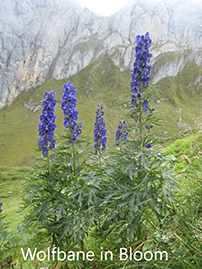
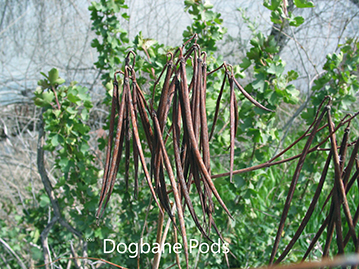
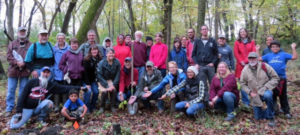 There is a very important side effect of all that hard work performed by volunteers: while they are busy clearing brush or pulling weeds, they are also inspiring and fueling those who want – and need – to find their place in the fight to protect biodiversity.
There is a very important side effect of all that hard work performed by volunteers: while they are busy clearing brush or pulling weeds, they are also inspiring and fueling those who want – and need – to find their place in the fight to protect biodiversity.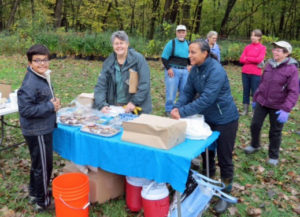
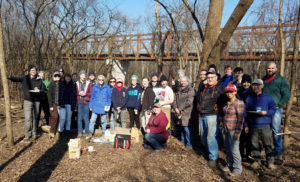
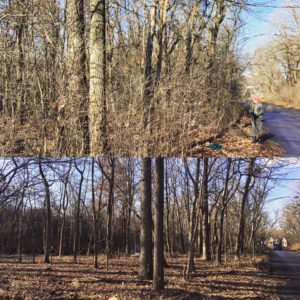
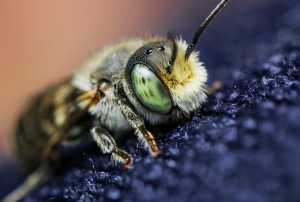


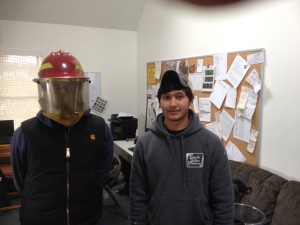
 By: Douglas Chien, Advocates’ Network Manager. If you’re interested in learning more about becoming a steward, please email Doug at
By: Douglas Chien, Advocates’ Network Manager. If you’re interested in learning more about becoming a steward, please email Doug at